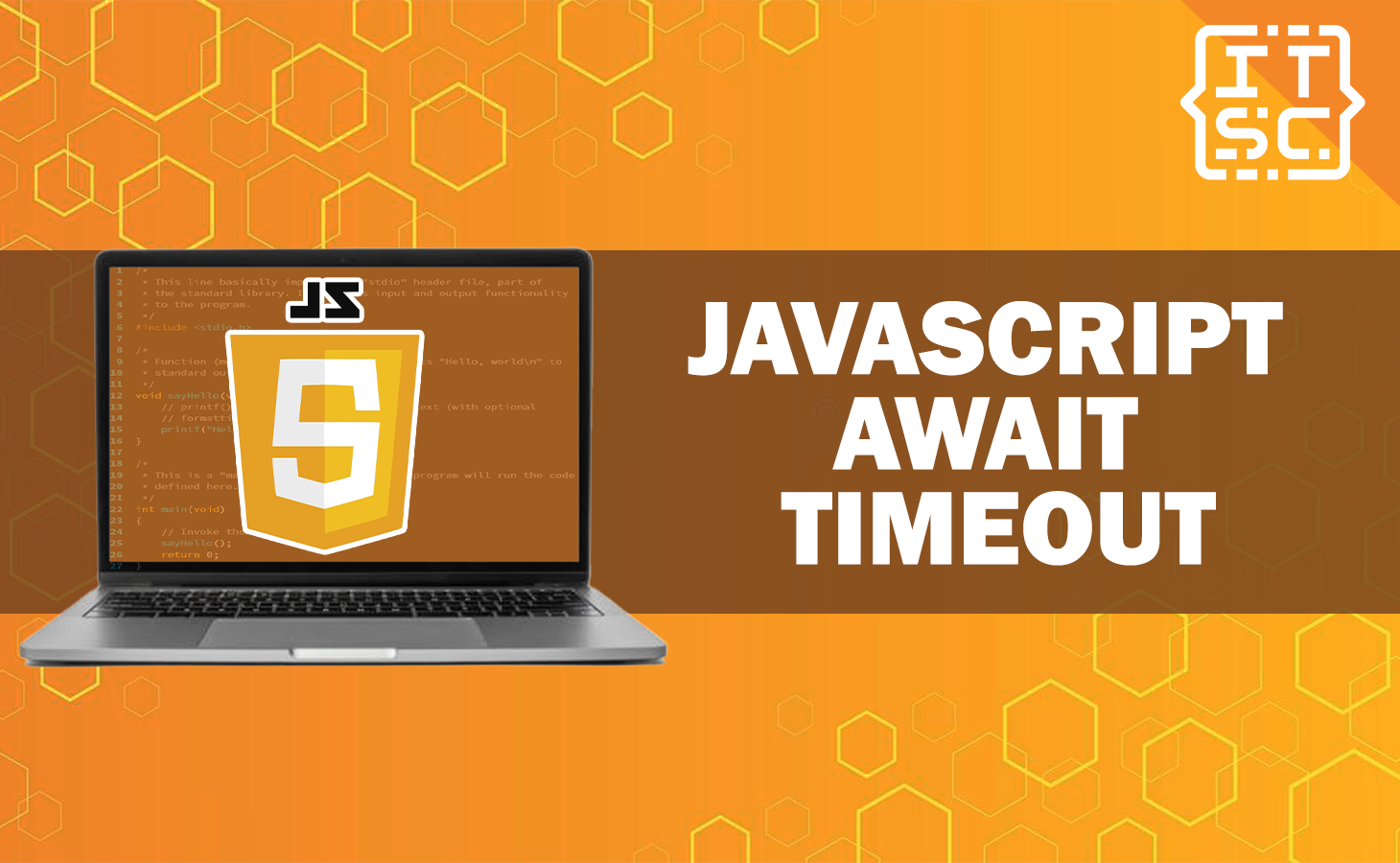In the landscape of web development, asynchronous programming plays an essential role in creating responsive and user-friendly applications.
JavaScript, being one of the most well-known programming languages, allows developers to obtain this through the use of promises and async/await.
However, mastering the complexity of handling asynchronous operations, specifically the concept of “JavaScript await timeout” is necessary to assure smooth user experiences and optimal code performance.
What is JavaScript Await Timeout?
JavaScript await timeout is an important concept that apply for managing asynchronous operations and assuring that your code doesn’t get stuck indefinitely.
When using the await keyword in conjunction with promises, developers desire to pause the execution of code until a promise is fulfilled or dropped.
However, if the promise takes too long to resolve or reject, a timeout structure becomes crucial to prevent congestion and unresponsive applications.
Also read: JavaScript Object Initialization with Methods and Examples
The Importance of Await Timeout JavaScript
The understanding of adequately handling JavaScript await timeout cannot be exaggerated.
Assume, a cases where your application is waiting endlessly for a promise to resolve, and as a result, the user interface becomes unresponsive.
This not only leads to a poor user experience but can also affect the overall performance of your application.
By implementing proper timeout structure, developers can assure that their applications remain responsive and that potential issues are addressed promptly.
Mastering JavaScript Await Timeout
Setting a Timeout Limit
When using await, it’s important to set a timeout limit to prevent waiting endlessly.
By using the Promise.race method, you can create a race condition between the awaited promise and a timeout promise.
This assures that the awaited promise is resolved or rejected within a specified timeframe.
Here’s an example code:
function delayMain(ms) {
return new Promise(resolve => setTimeout(resolve, ms));
}
async function simulateAsyncTaskFunction() {
await delayMain(2000);
return "Task completed!";
}
async function awaitWithTimeout(promise, timeout) {
return Promise.race([
promise,
delayMain(timeout).then(() => {
throw new Error("Timeout exceeded");
})
]);
}
async function main() {
try {
const result = await awaitWithTimeout(simulateAsyncTaskFunction(), 3000);
console.log(result);
} catch (error) {
console.error(error.message);
}
}
main();
Output:
Task completed!Handling Timeout Errors
In scenarios where the awaited promise times out, it is important to handle the error smoothly.
You can catch the error using a try…catch block and provide a proper fallback or error message to the user.
Customizing Timeout Intervals
Different asynchronous operations might need differing timeout intervals. Making the timeout duration based on the nature of the operation can lead to a more responsive and optimized application.
Logging and Monitoring
Implement powerful logging and monitoring structure to track occurrence where timeouts occur.
This aggressive way allows you to identify patterns and potential performance blockage.
You can also visit this JavaScript tutorial: How to Export Multiple Functions in JavaScript
Best Practices of Using JavaScript Await Timeout
Here are the following best practices of using JavaScript Await Timeout:
- Optimal Timeout Duration
- Define the ideal timeout duration by considering factors such as network inactivity and the complexity of the asynchronous operation.
- Fallback Strategies
- Provide essential fallbacks or default values in case of timeout errors. This assures that users are presented with relevant information even when timeouts occur.
- Thorough Testing
- Attentively test your code with different cases to assure that the timeout structure functions as expected.
- Code Documentation
- Clearly document your code, including the purpose and usage of timeout structure, to facilitate collaboration and maintenance.
- Regular Code Review
- Regularly review your program to specify opportunities for optimizing the timeout logic and other asynchronous operations.
FAQs
JavaScript await timeout assures that asynchronous operations do not cause applications to become unresponsive by limiting the time a code block waits for a promise to resolve or reject.
Yes, you can design timeout intervals based on the nature and requirements of individual asynchronous operations.
Implement a try…catch block around the await statement to catch timeout errors and provide suitable fallbacks or error messages.
Conclusion
Mastering the art of handling JavaScript await timeout is an important skill for any web developer.
By setting proper timeout limits, handling errors smoothly, and implementing best practices, you can assure that your applications remain responsive and provide exceptional user experiences.
Remember that the goal is to strike a balance between efficiency and user satisfaction.

